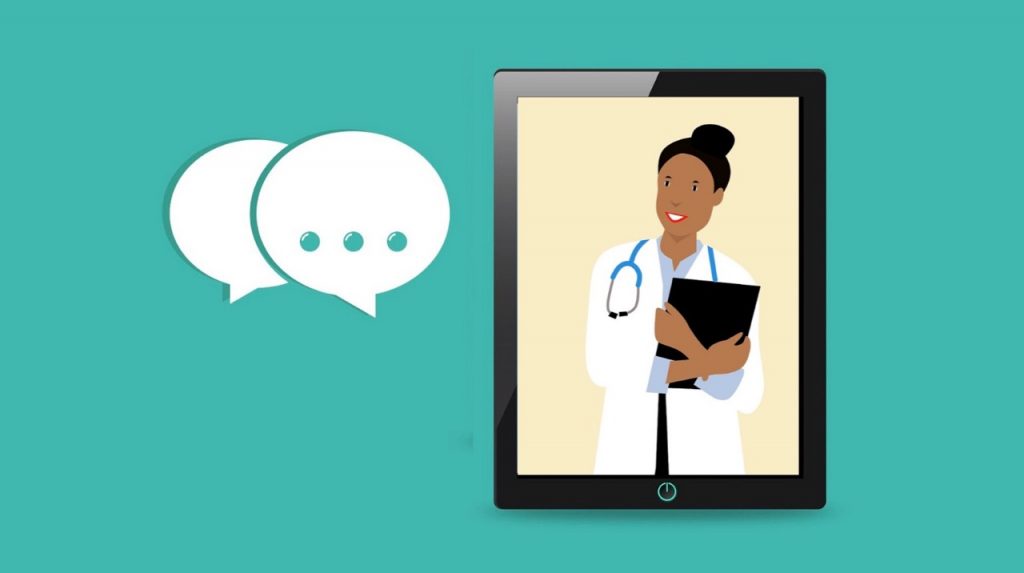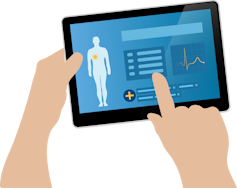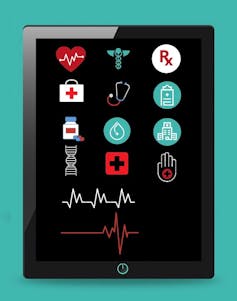How to build a better Canada after COVID-19: Make telehealth the primary way we deliver health care

During the COVID-19 pandemic, many Canadians accessed health care via video and mobile technology, highlighting the benefits of telehealth. (Pixabay)
BY Ahmad Firas Khalid
June 29, 2020
This story is part of a series that proposes solutions to the many issues exposed by COVID-19 and what government and citizens can do to make Canada a better place.
Canadians witnessed the benefit of using video and mobile technology — telehealth — to access health-care services during the COVID-19 pandemic. Our health-care system should capitalize on this window of opportunity and invest in telehealth infrastructure by training health-care providers in online consultations and offering patients ways to access their health-care providers remotely.
The provision of virtual health-care services has been on the agenda for many years, but the lack of financial investment and political will hindered progress.
A 2018 survey by Ipsos conducted in 27 countries found that nine per cent of Canadians have used telehealth and that more than four in ten (44 per cent) would try telehealth. While Canada was an early pioneer in the development of virtual care in the 1970s, it has since been surpassed by other countries in the scale-up of virtual care.
Here are four key reasons why telehealth should become the primary way of delivering health care in Canada.

Access to care
First, telehealth provides patients timely and meaningful access to care. Dr. Joanne Liu, former international president of Doctors Without Borders, describes telehealth as harnessing 21st-century technology in an effort to empower patients and physicians. Telehealth empowers general practitioners to practise by connecting them with specialized colleagues to discuss patients’ care in a timely way, especially for patients in rural settings.
“Every time I call a patient to check on them, they always fall off their chairs surprised that I am able to connect with them beyond hospital walls,” says Liu. “It gives them a sense that we care about them in their own homes.”
The substantial public benefit of improving timely access to care will get our Canadian health system closer to delivering community-based care and free up space in overcrowded clinics and emergency rooms.
More efficient clinical practices

Second, telehealth can have a positive impact on how clinicians practise. Providing virtual care reduces clinicians’ travel time and transition time between patients. Ontario’s pre-COVID 19 plan to implement health teams included expanding patients’ access to virtual care and to their own health information.
However, challenges remain with respect to payment for clinicians providing telehealth in one province to a patient in another province. Additionally, virtual care training must be incorporated into the medical continuing professional education curriculum. This will require a major transition in the way we educate and train our health-care providers, which has traditionally focused on teaching them to deliver in-person treatment rather than teaching them how to virtually deliver care.
Evidence-based decision-making

Third, telehealth can support the use of evidence in decision-making by expanding access, exchange and delivery of timely information to enhance patient care, especially when dealing with a crisis like the COVID-19 pandemic. Decision-making is complex, both because it is context-dependent and because it is often influenced by the need to act quickly in sometimes less-than-ideal situations with relatively little access to information. Recognizing this complexity, telehealth can help decision-makers respond in a timely manner in such contexts.
Millions in savings

Fourth, telehealth saves individuals and the system money. Telehealth can save Canadians millions of dollars in personal travel costs and time off work to attend a doctor visit. It can also decrease hospitalizations and length of stay in hospitals, thereby reducing costs on the system. In a 2010 research review, telehealth services were shown to be more cost-effective for home care and access to on-call hospital specialists.
Lastly, it is important to note that telehealth will not replace traditional health-care delivery, but rather complement it by allowing providers to treat patients beyond clinic walls. Not every medical problem can be resolved through telehealth because some require physical examination. Telehealth is particularly useful for urgent issues that need quick triage.
So, now what? COVID-19 is a defining moment for leaders across sectors and for communities across the world. While many of us spend time reflecting and solving daily challenges with COVID-19, it’s time to think bigger and bolder on how to transform our systems so they are ready for the challenges ahead. It is a whole new world we are living in today and our systems need to adapt to its challenges.![]()
Ahmad Firas Khalid, MD, Health Policy PhD, Queen Elizabeth Scholar, Dalley Fellow, Ontario Graduate Scholar, Emerging Voices Global Health Fellow, McMaster University
This article is republished from The Conversation under a Creative Commons license. Read the original article.


